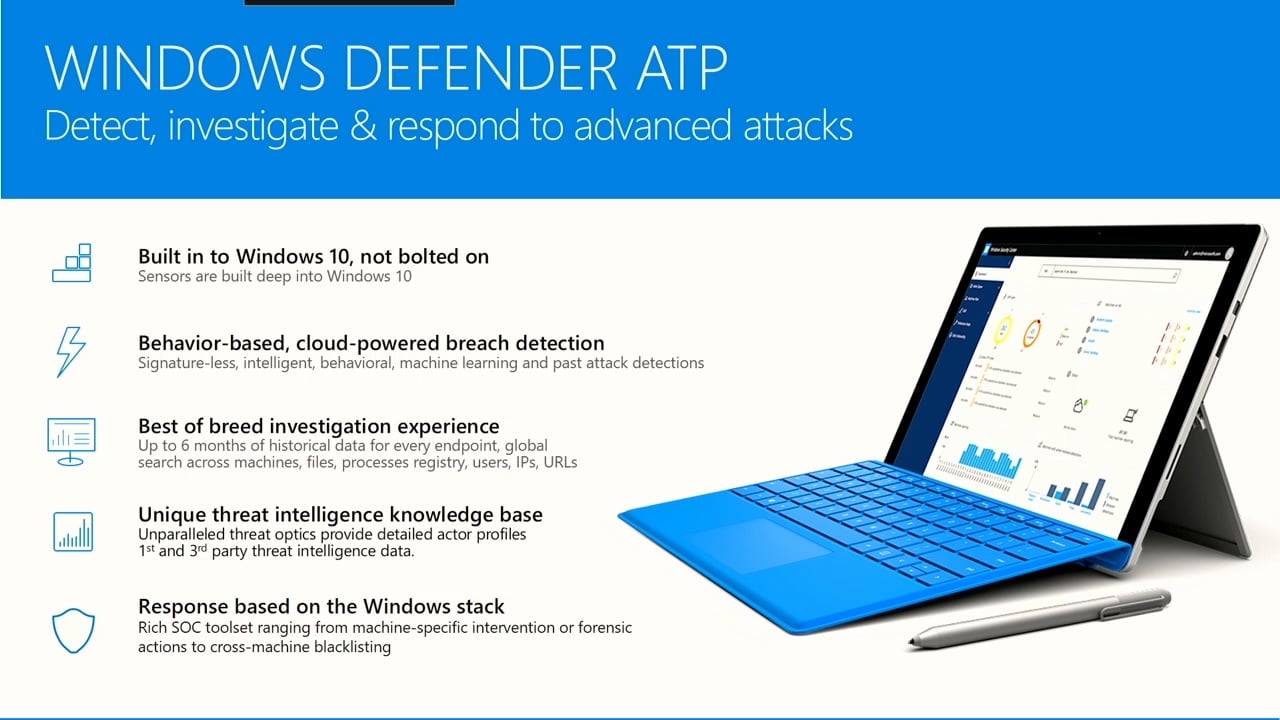Perform Evidence & Entities Investigations (part 1)
To read part 2 please click here
Investigate a File
Investigating the details of a file is associated with a specific alert, behavior, or event to help determine if the file exhibits malicious activities, identify the attack motivation, and understand the potential scope of the breach. Actions you can perform here includes:
- Stop and quarantine
- Add/edit indicator
- Download file
- Consult a threat expert
- Action center
Detailed Profile Page
File details, malware detection, and file prevalence
Alerts
The Alert tab provides a list of alerts that are associated with the file which covers much of the same information as the Alerts queue, except for the device group that the affected device belongs to, if applicable while allowing you to choose what kind of information is shown by selecting the customize columns from the toolbar above the column headers.
Observed in organization
This tab let you to specify a date range to see which devices have been observed with the file and show a maximum of 100 devices while using the slider or the range selector to quickly specify a time period that you want to check for the events involving the file and specify the time window as small as a single day which in turn allows you to see only the files that communicated with that IP address at that time, drastically reducing unnecessary scrolling and searching.
Deep analysis
This tab allows you to submit the file for deep analysis to uncover more details about the file's behavior and its effect within your organizations and after you submit the file, the deep analysis report will appear in this tab once the results are available. But, if the deep analysis did not find anything, the report will be empty, and the result space will remain blank.
File names
The file names tab lists all the names the file has been observed to use within your organizations.
File Response Actions
You can quickly respond to the detected attacks by stopping and quarantining files or blocking a file and after taking action on the files, you can check the activity details in the Action center. Response actions are available on a file's detailed profile page and they can run along the top of the file page while also including:
Stop and quarantine file
You can contain an attack in your organization by stopping the malicious process and quarantining the file wherever it was observed. You can only take this action if:
- The device you are taking action on is Windows 10, version 1703 or later.
- The files does not belong to the trusted third-party publishers or not signed by the Microsoft.
- Microsoft Defender Antivirus must at least be running on the Passive mode.
This action includes the stopping and running processes, quarantining the files, as well as deleting the persistent data, such as any registry keys and is limited to a maximum of 1000 devices and to stop a file on a larger number of devices, you can see the Add indicator to block or allow file.
Add indicator to block or allow a file
You can prevent the further propagation of an attack in your organization by banning the potentially malicious files or suspected malware which will prevent it from being read, written, or executed on the devices in your organization.
- Enable the block file feature- To start blocking the files, you first need to turn the Block or allow feature on in the Settings.
- Allow or block file- When you add an indicator hash for a file, you can choose to raise an alert and block the file whenever a device in your organization attempts to run it. To stop blocking a file, remove the indicator. You can do so via the Edit Indicator action on the file's profile page. The files automatically blocked by an indicator won't show up in the files' Action center, but the alerts will still be visible in the Alerts queue.
Download file
Check activity details in the cation center
The Action center provides the information on the actions that were taken on a device or file and you will be easily able to view the following details:
- Investigation package collection
- Antivirus scan
- App restriction
- Device isolation
All the other related details are also shown, for example, submission date/time, submitting user, and if the action succeeded or failed.
To read part 2 please click here




Comments
Post a Comment